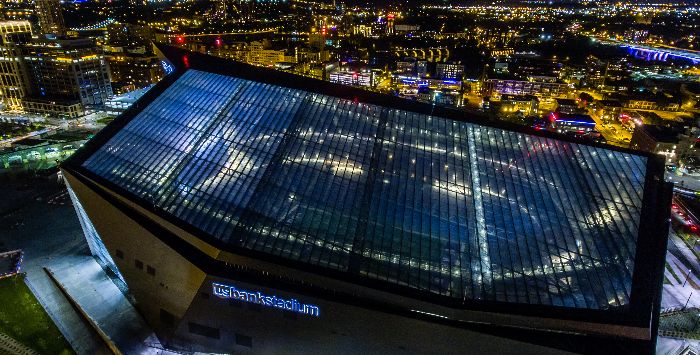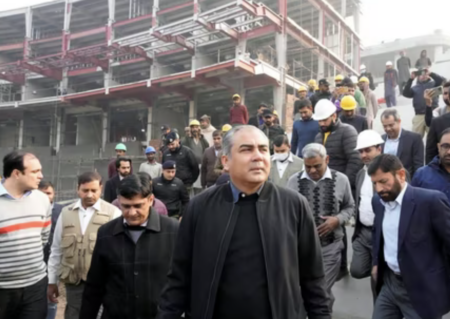As NFL franchises spend billions of dollars building new stadia, often with the help of public funds, one of the financial incentives for the city is that it could be selected to host the Super Bowl – the biggest event on turf, and one that comes with a cash injection to local economy from visiting fans.
But how much revenue can a Super Bowl bring to a city? Minnesota was the most recent host, staging Super Bowl 52 at the Viking’s brand-new US Bank Stadium in Minnesota on February 4.
According to the Minnesota Super Bowl Host Committee (MNSBHC), the event generated US$450m for the local economy. The staggering figure is calculated on the fact visitors spent an average US$608 per day over a 10-day period that lead up to and included Super Bowl LII. It also includes companies that hosted corporate events and the expenditure from operations teams.
The Economic Impact Report states the figure is nearly US$50m higher than initial estimates, and is higher than previous Super Bowls. This was supported by a record demand for hotel rooms and record numbers of passengers and planes at MSP Airport.
“Minnesota promised the ‘Bold North’ for the Super Bowl, and we delivered,” said Minnesota Governor Mark Dayton. “I thank the football fans who traveled to Minnesota to enjoy the big game, our fabulous US. Bank Stadium and everything else that makes Minnesota so exceptional.
“I also thank the thousands of law enforcement officers and volunteers who made the event such a success. Super Bowl LII left a lasting, positive impact on Minnesota’s economy, small businesses and communities.”
Images: Mark Goodman
By Illya Verpraet
June 1, 2018





